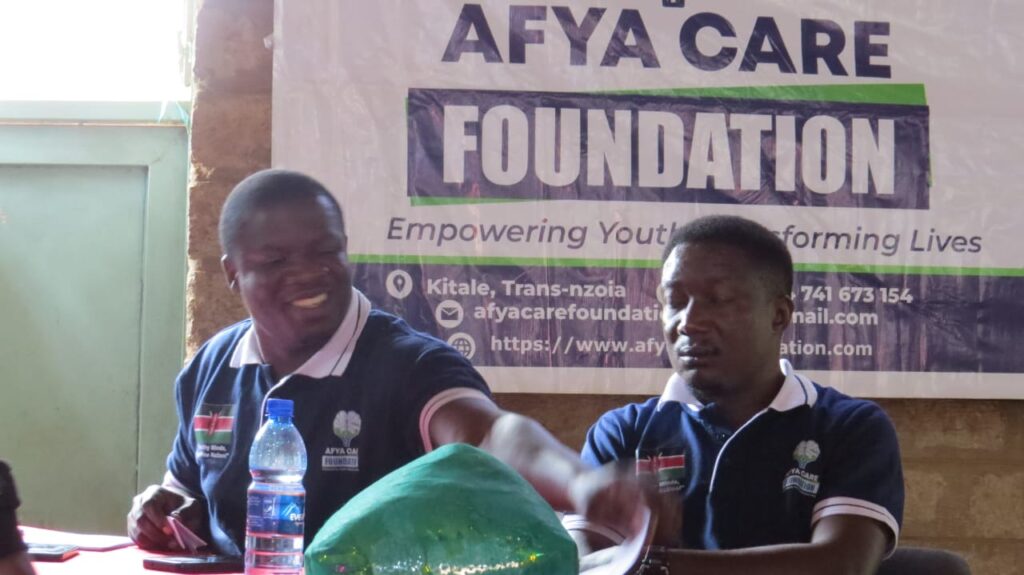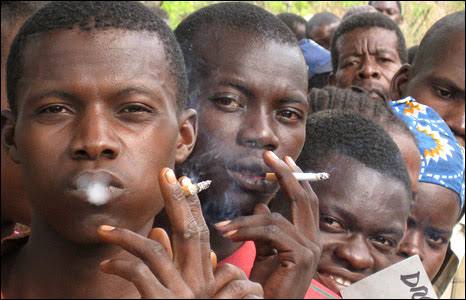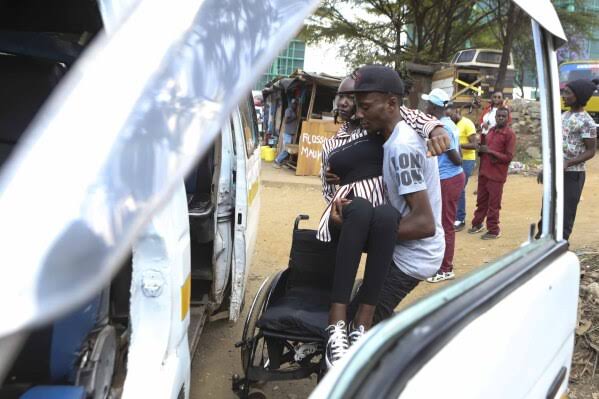For 30-year-old Loperito from Turkana County, the small lump on his foot seemed harmless at first. He ignored it, assuming that it would go away on its own. Little did he know that the small lump would eventually cost him his foot.
Years later, the painless lump began producing pus, leading to the amputation of his foot. His life took a drastic turn, all because of a simple thorn prick he got while herding his livestock. Now, he has to adjust to his new life of using crutches.
His story reflects those of thousands of people across Kenya’s arid north, where mycetoma, a slow-growing infection, silently affects people who are unable to access medical care.
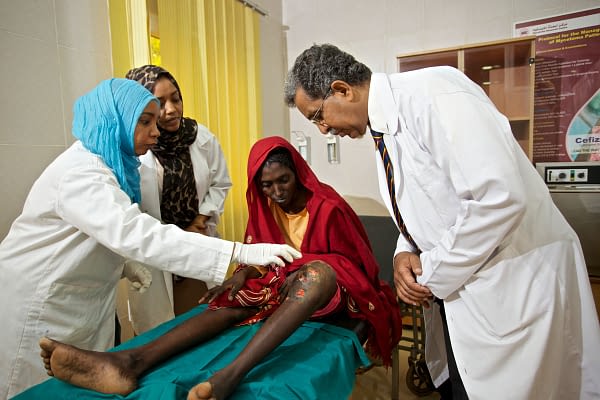
According to the World Health Organisation’s (WHO) 2024 global report on neglected diseases, mycetoma is one of the world’s most neglected tropical diseases.
It is common across the “mycetoma belt,” which stretches through Sudan, Chad, Ethiopia, Kenya, Senegal, and Yemen. The disease mostly affects rural men aged 15 to 40, who often walk barefoot while farming or herding livestock.
In Kenya, studies conducted in Turkana County show that the disease is a growing public health concern.
A 2023 study by the Drugs for Neglected Diseases initiative (DNDi) and the Kenya Medical Research Institute (KEMRI), found an estimated 1.33 cases per 100,000 people annually in Turkana, with some sub-counties reporting up to 2.55 cases per 100,000. The majority of those affected (about 73%) are men, most of them young herders and farmers.
Understanding the Hidden Toll of Mycetoma
According to Dr. Borna Nyaoke-Anoke, a Clinical Researcher and Head of Mycetoma Research at the DNDi, mycetoma is caused by either bacteria or fungi, which usually enter the body through small injuries.
“Mycetoma is usually found in the environment. The bacteria or fungi penetrate through a cut on the body caused by a thorn prick,” explains Dr. Borna.
The disease usually begins as a painless swelling that gradually grows into multiple nodules that discharge pus. Most patients assume it’s a normal condition that will go away on its own.
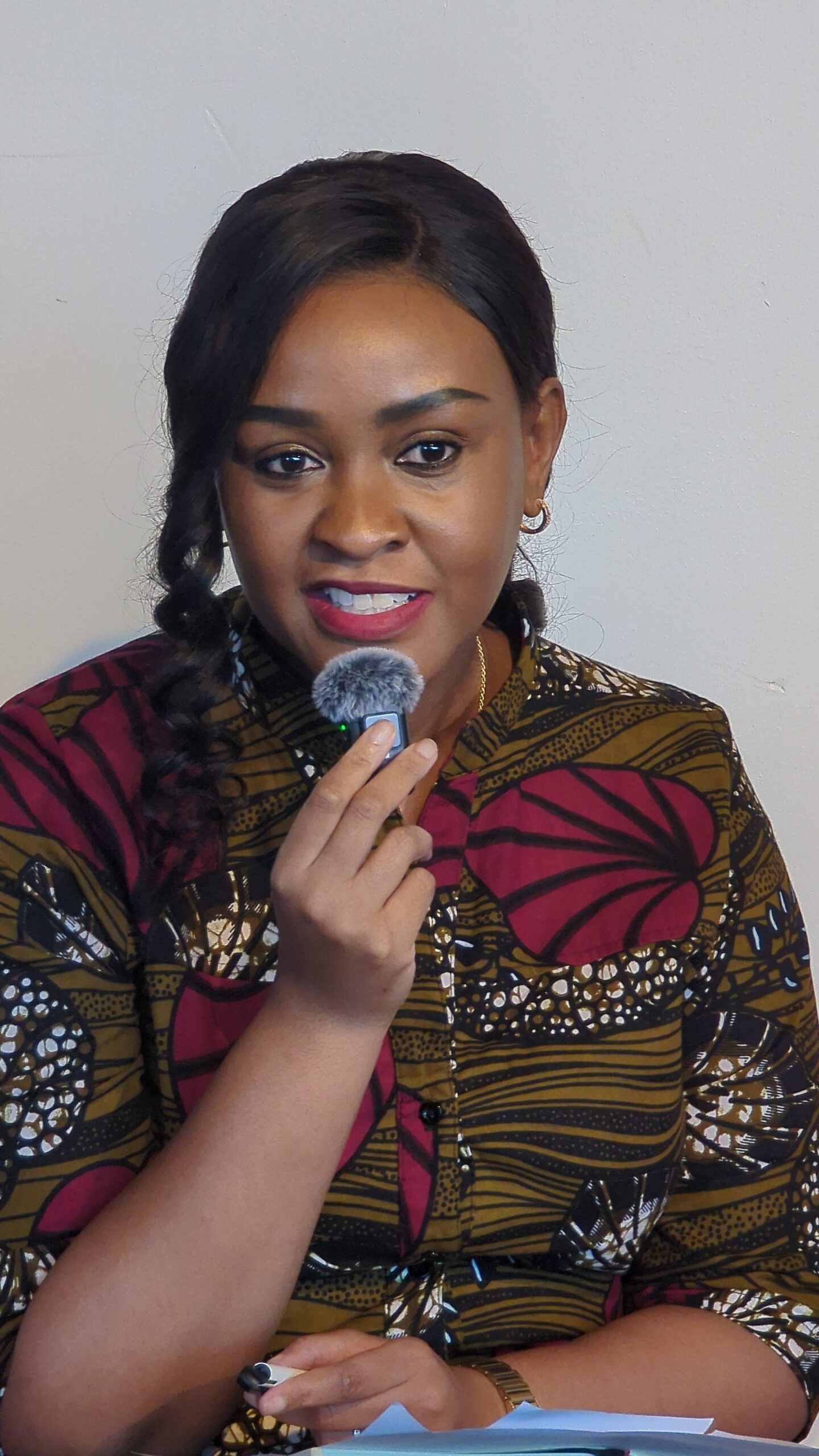
Photo by Winnie Kamau.
However, over time, it progresses and spreads throughout the body. By the time most patients seek medical attention, the disease has advanced so much that amputation becomes the only treatment.
“After penetration by bacteria or fungi, it starts to develop as a painless small nodule from the skin; it moves into the fatty tissue, the muscles, and finally affects the bone. When a patient eventually comes to the hospital after five or 10 years, they end up with amputation for something that started as a thorn prick,” she added.
Treating Mycetoma
Dr. Borna explains that bacterial mycetoma can be treated with antibiotics over 3 to 4 months, while fungal mycetoma requires Itraconazole tablets, which are taken twice daily for an entire year.
“For bacterial mycetoma, you can get medication for a few months and then get cured. However, in fungal mycetoma, one needs to take a drug called Itraponazole, two tablets, twice a day, every single day, for a period of 12 months,” says Dr. Borna.
However, access to effective treatment remains a hurdle, especially for poor families who only rely on selling livestock and sometimes donations to afford medication.
Itraconazole, the primary drug for the disease, is usually taken for long periods. But most patients from low-income areas can only afford drugs taken for short periods.
“Most people, especially those in the affected population, do not have access to the Itraconazole drug, which tends to be very expensive. Yes, we have generic versions that are cheaper, but unfortunately, the quality is lower. The pre-marked ones cost up to $2,000 per year. If such people manage to access the drug, it will only be for a period of weeks or months, and then they’ll stop,” Dr. Borna further explained.
Barriers to treating Mycetoma
Due to inconsistent treatment, many patients experience recurrence and the infection worsens, leading to repeated amputations. In advanced stages, surgery is no longer an option and can lead to death.
“Unfortunately, many of them get these recurrences, and after that the only solution is amputation since there’s no cure,” Dr. Borna said.
In other circumstances according to her, amputation is always not the solution. This occurs after the mycetoma spreads to critical parts of the body.
“Amputation does not mean that the disease ends. You will find a patient visiting the hospital, and they have had their leg amputated; then, after a few years, they have had their mid-thigh amputated. It can go into your abdomen and your chest, sometimes even your head. When that occurs, amputation will not be the source of treatment,” Dr. Borna clarified.
She highlights that Neglected Tropical Diseases (NTDs), can either be bacterial, viral or fungal.
In Kenya, most NTD cases often occur in marginalised northern regions where access to health care, clean water, and sanitation is poor.
“These are populations that are already neglected in terms of socioeconomic status. They do not have adequate healthcare resources. Water, sanitation, and hygiene are often a challenge. We need governmental priorities to ensure that we do not have populations neglected in these aspects. It is also crucial to conduct clinical trials in the affected countries,” she emphasises.
To address the NTDs crisis, Dr Borna stresses that research and awareness must focus on where the diseases are common.
Efforts in Creating Mycetoma awareness
In Turkana county, DNDI has implemented strategies such as awareness campaigns and community participation to ensure that people have the right information about mycetoma and also it will help correct misconceptions that link mycetoma to witchcraft and curses.
“We understood the need to have community engagement and advocacy. In Turkana, we’re working with a local hospital where a group of health extension workers move through known hotspots of mycetoma to be able to identify patients,” she noted.
Dr. Borna further disclosed on the ongoing research to understand the public knowledge on mycetoma.
We’re currently conducting a social behavioural study to understand what people think of mycetoma. We’re not teaching them about the disease. We are creating awareness about it,” she concluded.

